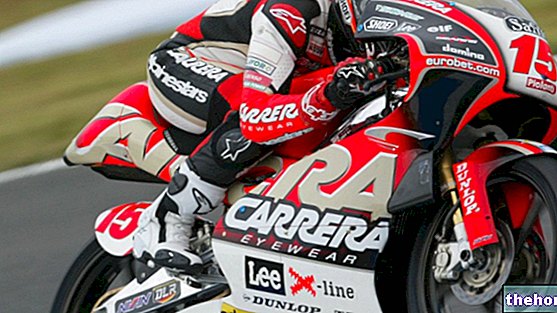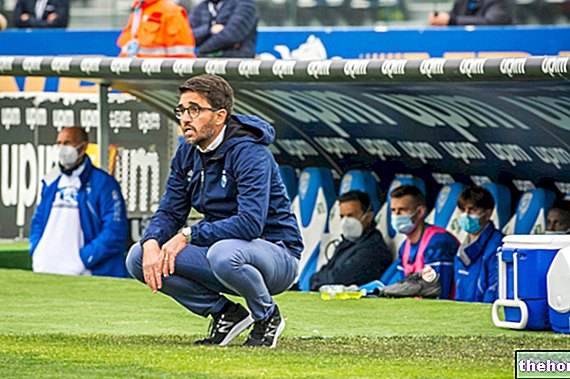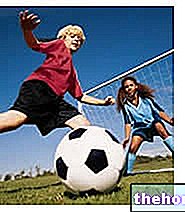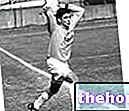There are various ways to kick the ball: if the ball is facing the opponent's goal, we will talk about shooting; if the intent is to free one's danger zone by kicking the ball far away, it will be a liberating shot; if, on the other hand, the goal is to pass the ball to the teammate, then we can talk about passing.
The success of a shot is determined by the following factors:
- kicking foot;
- support foot;
- football mode of the ball.
The ball can be hit through various parts of the foot: inner foot, outer foot, instep, inner instep, outer instep, toe and heel.
The trajectories of the ball can be: low, high or half height.
The directions of passes or shots can be: horizontal, diagonal or vertical.
Inside foot kick
The inside foot kick is used for passing or shooting and can be performed either standing or moving.
This fundamental is the safest for low ground passes and the support foot is placed next to the ball, with the leg slightly bent at the knee. The kicking foot must be positioned with the sole parallel to the ground and the torso must have the center of gravity above the center of the ball.
Internal instep kick

The run-up is oblique with respect to the direction you want to give the ball: if you kick with the right, the run-up is on the left, if you kick it with the left, the run-up is on the right.
The supporting foot must be placed further from the ball than the flat kick, while the kicking foot must be extended downwards and the ankle turned slightly outwards.
The torso must be kept slightly bent forward towards the supporting leg, while the gaze is directed towards the ball.
The trajectory of the shot will be more or less high depending on the inclination of the body and the point where you want to hit the ball.
We must not forget that the last step of the run up must be longer than the others.
Instep Kick
This fundamental is used above all for shots on goal or for liberating ones.
The counter-movement and the movement coincide with the direction of the kick and this allows for greater speed to the ball.
The support foot must be placed laterally to the ball, while the knee of the kicking leg must be above the ball when contact with the foot occurs. The toe must be pointing downwards and remain in this position even afterwards. having hit the ball.
External instep kick
The outside instep kick is often used to shoot at goal, both with the balls in motion and with balls standing still.
It is particularly effective when the balls come in from above, on the fly or in counterbalance.
The run-up is usually straight, but can be curved in some cases.
When making contact with the ball, your gaze must always be directed towards the ball.
Outside foot kick
It is used for short passes or to give the ball spins or spins that allow the teammate better control of the ball.
Top kick
It is mainly used in moments of emergency, when it is not possible to set any type of football without risking to arrive after the opponent. Passes and shots on goal are performed with approximate precision. It is widely used when the conditions of the pitch are bad ( wet court), to give the ball more strength and allow it to move forward.
Heel Ball Soccer
It is a fundamental that requires high tactile sensitivity, coordination and peripheral vision. It is used on the occasion of spectacular actions.
Other articles on "Football, technique"
- Technique in football
- Soccer of the ball




























